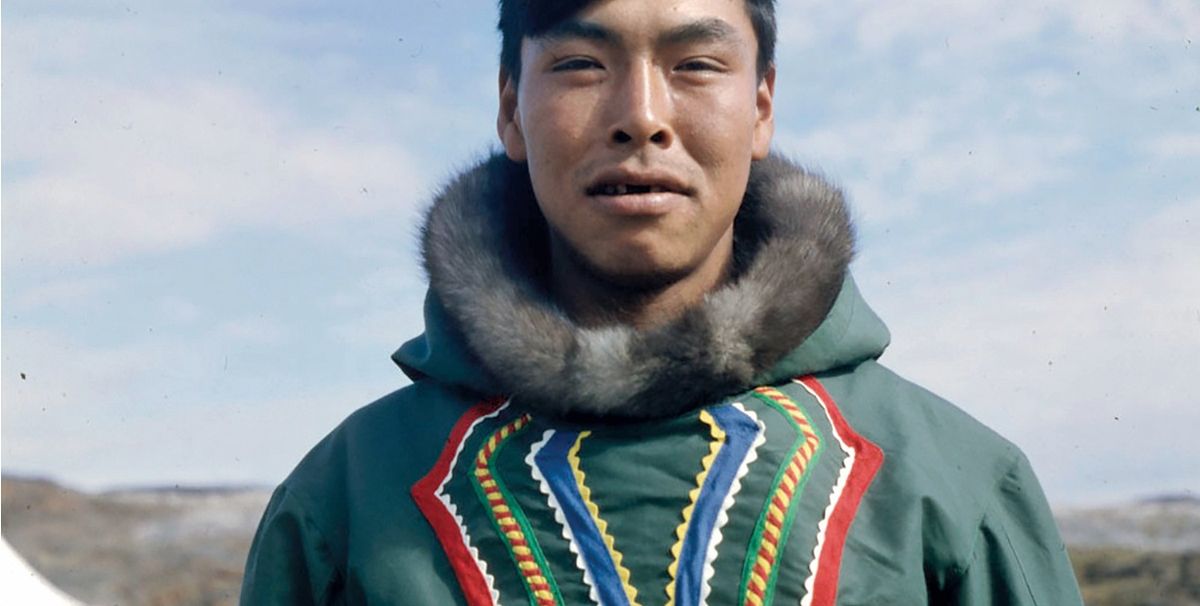Bas Jan Ader
Born 1942, disappeared 1975
Netherlands
Ader produced 35 groups of works in his short career, from 1969 to 1975, when he went missing in the North Atlantic. The conceptual film-maker was working on what would have been the second of a trilogy of works “in search of the miraculous”; it is still unclear whether he drowned accidentally or committed suicide. He is best known for his “falling” films and I’m too sad to tell you (1971), in which he weeps uncontrollably for three minutes. His work is funny, melancholic and often moving, and continues to inspire other artists and curators. There have been nine solo museum exhibitions of his work since 2000.
Heidi Bucher
Born 1926, died 1993
Switzerland
Bucher produced delicate fabric collages, small sculptures in latex and mother of pearl, performance art centred on herself wearing architectural “bodyshells” and even watercolours. But her signature pieces are Raumhäute (room skins)—textiles and latex pressed into walls and across doors to produce a “skin” with the impressions of mouldings and windows and a patina of dust and grime—think Rachel Whiteread’s Ghost meets a Do Ho Suh fabric house. One of her three-dimensional hangings, Untitled (Herrenzimmer) (1977-78) had a central place in Room, the Sadie Coles HQ show in London earlier this year.
Kananginak Pootoogook
Born 1935, died 2010
Canada
Macel says she came across the work of the Canadian Inuit artist in the archives of the Brooklyn Museum, New York. Pootoogook grew up in Nunavut, Canada, inside the Arctic circle. In the 1950s he came into contact with the artist and children’s author James Houston, who became an advocate for Inuit art, and from whom he learned printmaking. Pootoogook’s work drew on Inuit traditions and he was a passionate advocate for their preservation. He was a founding member of the West Baffin Co-operative, which, among other things, campaigns to save Inuktitut, an Inuit language.
Judith Scott
Born 1943, died 2005
United States
Born with Down’s syndrome, but also long undiagnosed as deaf after a bout of scarlet fever, Scott was institutionalised at the age of seven until—after a legal battle—her twin sister Joyce became her legal guardian at the age of 42 and took her to California. She enrolled at the Creative Growth Art Center in Oakland, California, a centre for artists with disabilities, where she began to produce the complicated sculptures for which she is known. Her works are often totemic and abstract, consisting of found objects intricately bound in threads, wool, rope or other fibres. She had a major survey at the Brooklyn Museum in 2014.
Marwan
Born 1934, died 2016
Syria
Marwan Kassab-Bachi left Syria in his early 20s for Berlin to study under Hann Trier, and it is easy to see the influence of German Expressionism and Surrealism in his powerful oil paintings. Although he occasionally painted landscapes, his chief interest was the human face, which he rendered as shuddering, dissolving masses. He would often layer portrait upon portrait to create what he would call “face landscapes”, explaining once that he “painted souls”. He was a critic of human rights abuses in Syria, Palestine and Iraq. He had a major exhibition in Sharjah in 2014, organised by the Barjeel Art Foundation.


